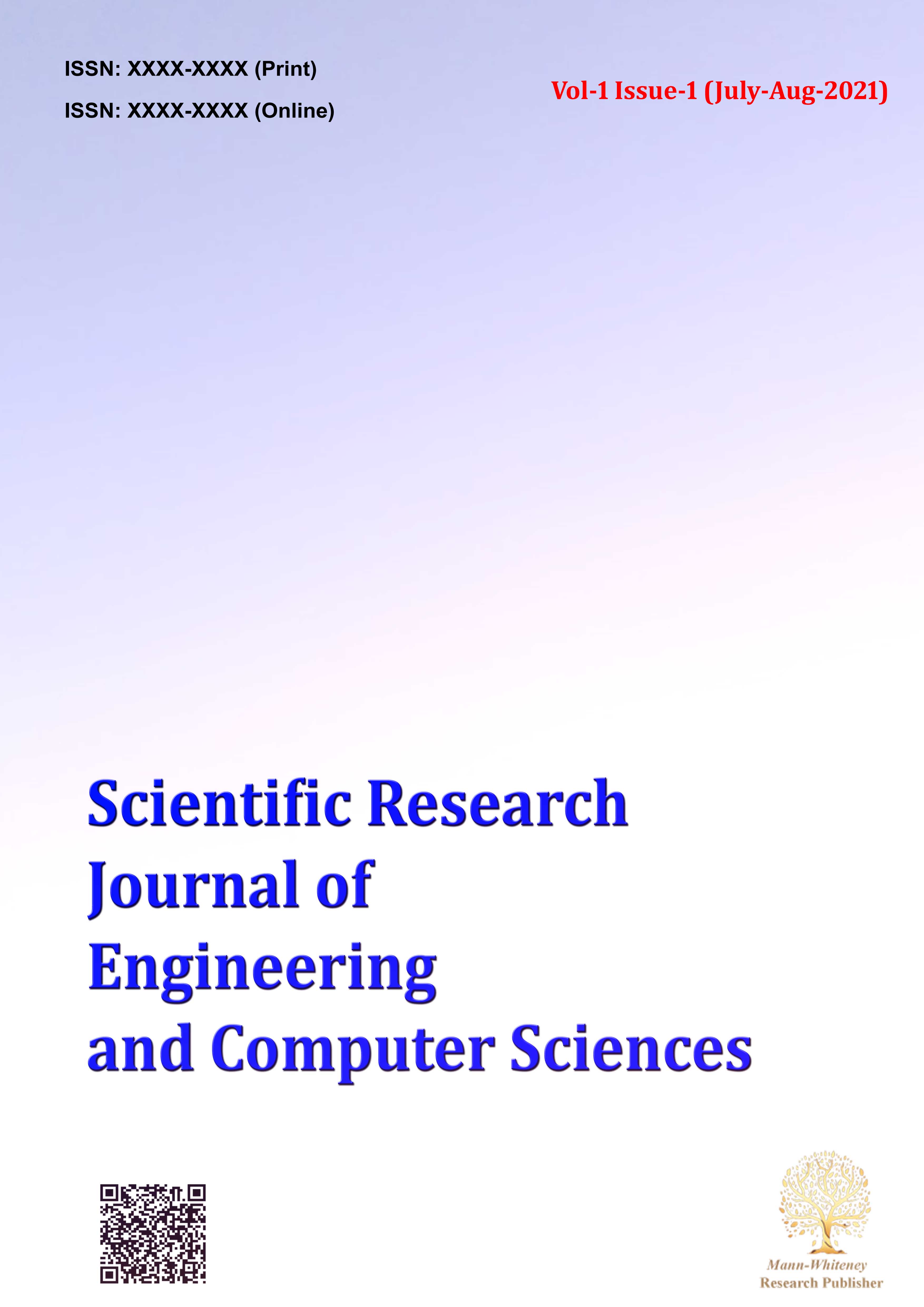The USGS database, which has a large number of earthquake events documented, provided the data used in this study. As K-mean algorithm parameters, this dataset also includes the earthquake's magnitude, year, location, and time. The K-means machine learning technique is a method of unsupervised learning where data is partitioned into k clusters containing similar observations. The goal is to minimize the sum of squares of the distances between each individual data point and the cluster centroid that corresponds to that point for each cluster. The earthquake data underwent a number of processes, such as data processing, filtering, and the removal of contaminants and outliers, before the K-Means algorithm was applied. Following that, determine the ideal number for every cluster by applying methods like the silhouette analysis and elbow approach. After determining the optimal number, the K-Means algorithm was applied to the data, and the resulting clusters were analyzed. Then, the spatial distribution of each cluster was visualized on the map to determine the pattern and direction of the earthquakes. The dataset used in this study includes information about the magnitude (magnitude for all), date (date), time (time), and location (location) of each earthquake, which were used as input to the K-Means algorithm for all.
1. Data: Data quality check: The agreement agreed to check the data quality, where sugar claims and outliers (outliers) were handled using statistical techniques such as completion (imputation) removal of informal values (removal of outliers), and uncertainty.
the geographic location was converted to predictions (longitude and latitude) and the size of the data was used as a features finally.
The data is read from the middle_east_earthquakes.json file and converted to a DataFrame using pandas. The important data such as latitude and longitude, force (magnitude), location, and time are then edited. The raw data is then stored in an Excel file.
2. Determine the number of original clusters: Elbow Method: By used the elbow method to calculate the last number of clusters by plotting the correspondence between the number of clusters and the circles within the cluster (within the cluster sum of squares) and noting the point at which the improvement rate starts.
Silhouette Analysis: Silhouette analysis was also performed for the foundation unit. This technique provides a measure of how well each data point agrees with the data set it recorded with other clusters.
3. Apply K-Means Algorithm: Once the puzzle of clusters is defined, you will find the K-Means algorithm on the data. The focus of the algorithm is to minimize the sum of relationships within each cluster, which means minimizing the distance between the points and the search center.
4. Analyzing and Visualizing Results: Cluster Analysis: After applying K-Means, cluster analysis enables us to understand how earthquakes are distributed in terms of magnitude and location. To obtain the characteristics of each cluster, study any trends or trends that may help in understanding the dynamics of earthquakes. To apply the K-Means algorithm to the earthquake data, first preprocessed the data by dealing with any missing values or outliers. then explored the optimal number of clusters using techniques such as the elbow method and silhouette analysis.
Once the optimal number of clusters was determined, By applied the K-Means algorithm to the data and analyzed the resulting clusters. The spatial distribution of the clusters was then visualized on a geographic map to identify any patterns or trends in earthquake locations.
Data Analysis Using K-Means Clustering
One approach to analyzing earthquake data is through the use of unsupervised machine learning techniques, such as K-Means clustering[15]. By applying K-Means clustering to earthquake data, including parameters such as magnitude, date, time, and location, researchers can identify patterns and groupings within the data that may reveal insights into the underlying factors influencing earthquake occurrences[15,16].
The K-Means algorithm partitions the data into K clusters, where each data point is assigned to the cluster with the nearest mean[17] . By optimizing the cluster assignments, the algorithm can identify distinct groups of earthquakes with similar characteristics, which may inform our understanding of the spatial and temporal distribution of seismic events [18]
Historical Earthquake Data
The application of machine learning techniques, such as K-Means clustering, to analyze historical earthquake data from the USGS holds significant promise for improving our understanding and prediction of seismic events [2]. By identifying patterns and groupings within the data, researchers can gain valuable insights into the underlying factors that influence earthquake occurrence, including magnitude, location, depth, and temporal distribution[16] .
MECHANISM OF ACTION
1. Data collection
Objective: Obtain seismic data, collected from: https://www.usgs.gov
The result was based on the code I ran. The data was for 6555 earthquakes that were found according to the criteria I specified in the search parameters (starttime, endtime, and minmagnitude) in the the Middle East region.
Steps:
Collect earthquake data from the source (United States Geological Survey)
Save the data in a CSV file (earthquake_data_prepared).
2. Read data
Objective: Read and analyze the data.
Read the data file using pandas.
Check the columns available in the data.
3. Check Required Columns
Objective: Ensure that the required columns are available.
Check for the presence of the basic columns (Magnitude, Date and Time, Location).
If the columns are not available, use the available columns such as (Magnitude, Year, Month, Day, Hour).
4. Analyze the data using K-Means
Objective: Apply the K-Means algorithm to cluster the data.
Scale the data using StandardScaler.
Apply the K-Means algorithm to classify the data.
Save the results in a CSV file.
5. Plotting Data
Objective: Create graphs to analyze the results.
Try plotting the data using seaborn to visualize the distribution between groups.
Deal with any errors related to column names.


